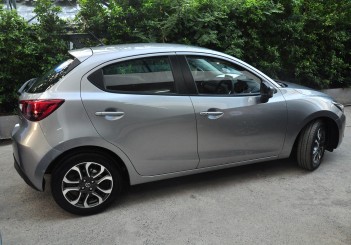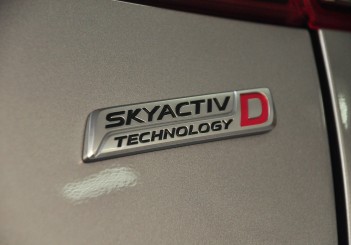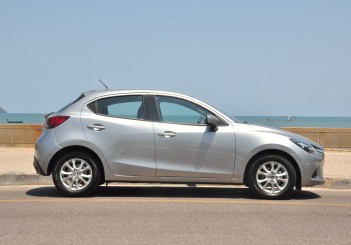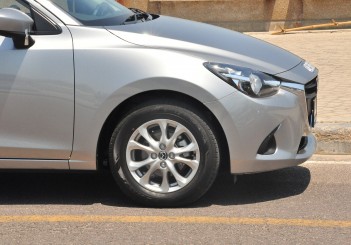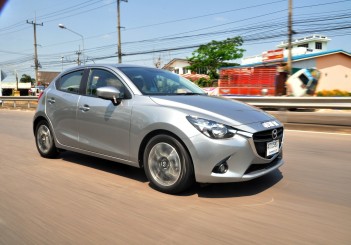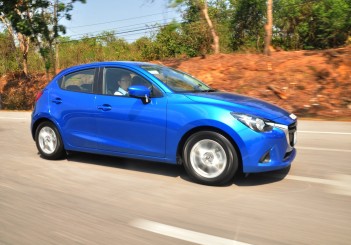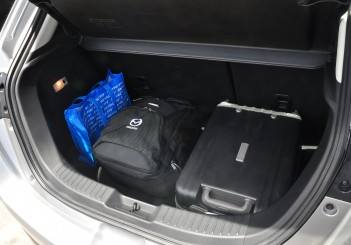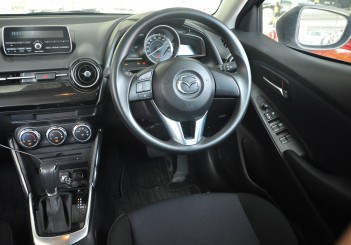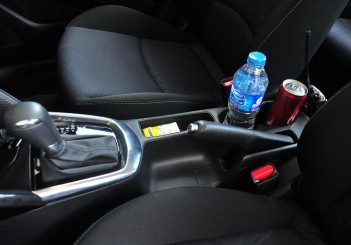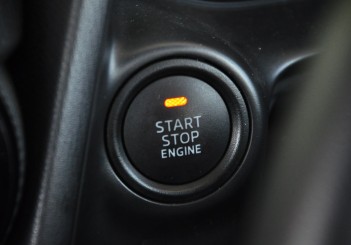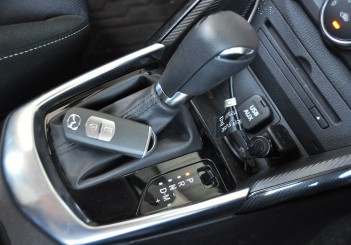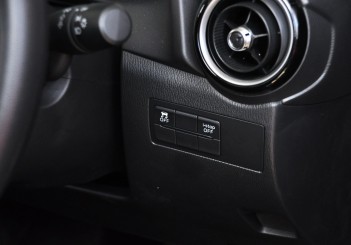Called the Mazda2 SkyActiv-D, our test drive entailed a 1,200km single-tank journey from Wearnes Mazda, in the heart of Bangkok, to Penang.
The journey was put together to see who among the motoring journalists could drive the most frugally.
Our Thailand-spec Mazda2 hatchback came rather spartan and lacked the head-up display, paddle shifters, leather accents, commander control on the centre console and the drive selection switch from normal to sport mode just aft of the gear shifter.

Even the instrument cluster had a different layout.
In the chaos of Bangkok’s morning rush hour, we inadvertently found ourselves off the beaten path and trapped in Bangkok’s morning congestion for two hours.
After managing to find our bearings, we headed for our mandatory checkpoint, post haste and as efficiently as possible, in order to make it within the allotted check-in time.
With 900m and five minutes left our hopes were up, but only to be robbed by an unexpected congestion caused by road works that delayed us by seven minutes – two minutes over and essentially becoming “DQ-ed” (disqualified).

This marked the starting point of our scintillatingly swift stint with an obvious disregard for keeping to speeds between 70kph and 90kph.
Oh, the joy of freedom!
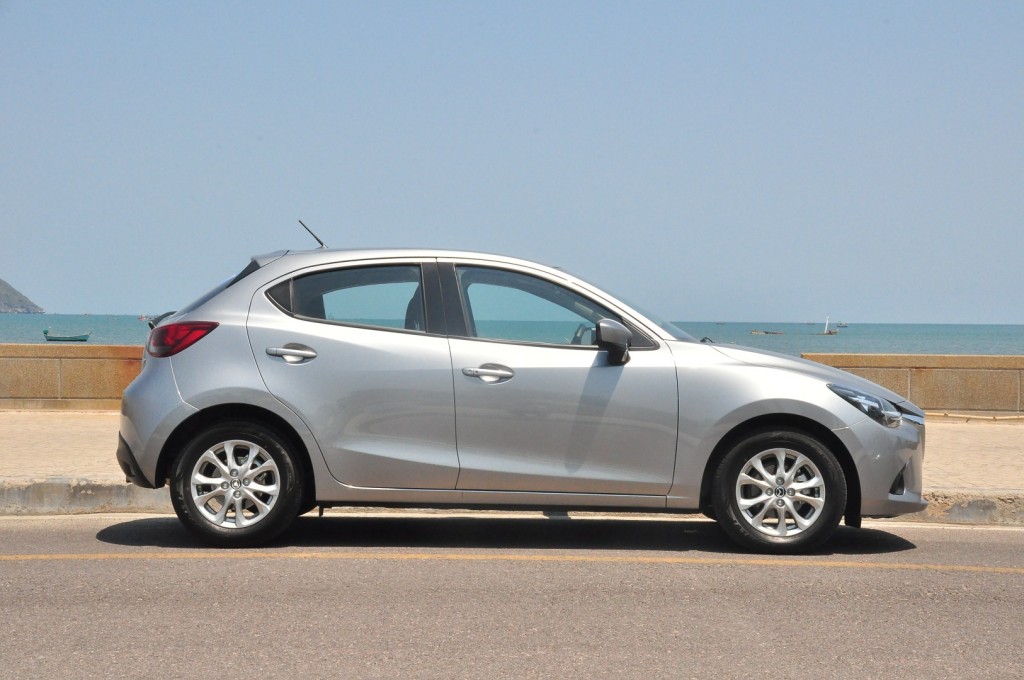
The engine has a compression ratio that’s considered to be the lowest in the world at 14.8:1; it churns out 103bhp at 4,000rpm and 250Nm of torque from 1,500 to 2,500rpm.
Admittedly, we had our reservations that the hatchback’s diesel mill could impress.

We’re still savouring our first impression of this B-segment contender and we believe that if this hatchback doesn’t win your heart, it may be best to check for a pulse.
While standing next to the Mazda2’s hood there’s that unmistakable “clacking” coming from under the hood, but inside tells a different story, because there’s that premium silence within with hardly any intrusion of engine vibration.
Standing at 1,470mm-tall, it would be assumed that ingress and egress would be a cinch, but the seats seem mounted a little high and the length of the cushions a little short.
Nonetheless, with a kerb weight under 1,100kg, our hatchback came fitted with 15-inch alloy wheels and 185/65 series Dunlop Enasave EC300+ tyres, which were susceptible to the uneven Thai road surfaces.

Power delivery from the turbocharged 1.5-litre diesel engine still lingers in our minds.
It simply flows without fuss and throughout a much broader rev-range than in traditional diesel mills – a characteristic that’s usually associated with petrol engines, and that contributed to the fact that we kept forgetting we were driving a diesel hatch.
We managed to hit high speeds with ease and were impressed with how linear the speed was.
There was nothing economical about our driving.

However, our learned colleagues who were still in the game arrived in Surat Thani with about 60% of diesel left in their tanks.
By the end of the next day, after crossing into Malaysia via the Sadao immigration centre, most had at least 25% diesel lingering in their tanks and it was found that one of us managed to travel an average of 33km/litre (the driver and his partner each won a Microsoft Surface Pro 3 for their hard work).

Ultimately, it’s a decent run-around hatchback with plenty of gusto for that spontaneous sprint or that long distance cruise.
While the exact list of goodies for this car isn’t official yet, we dare say it’ll be taking the B-segment by storm once it arrives.
This variant could be making its way to Malaysian showrooms as the quality of local diesel graduates to Euro 5 later this year.


